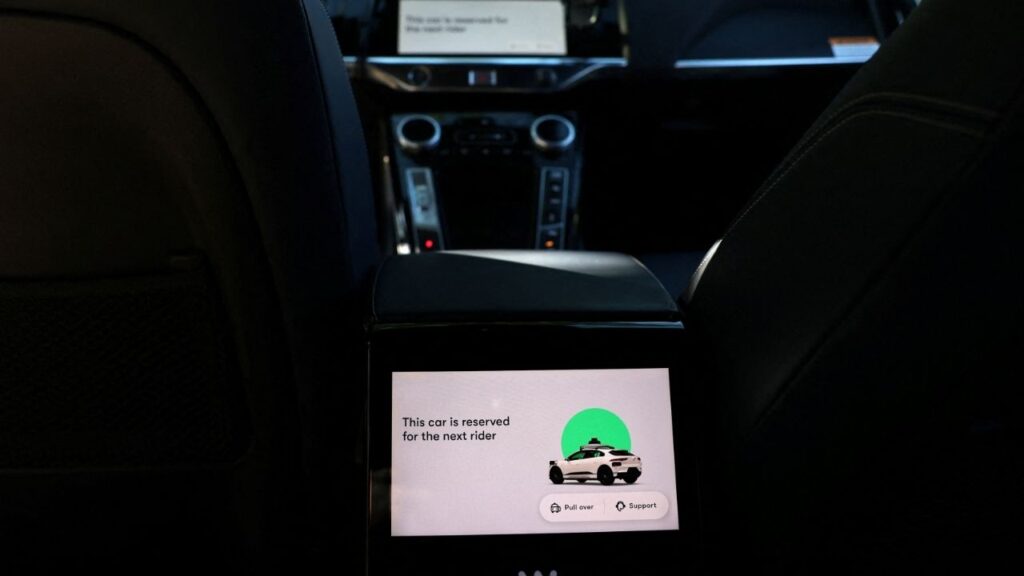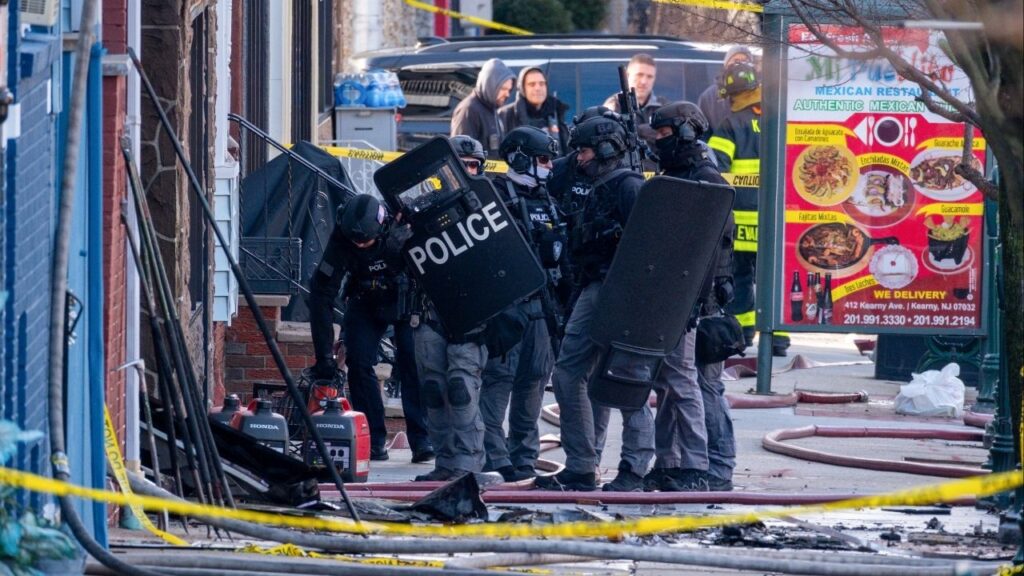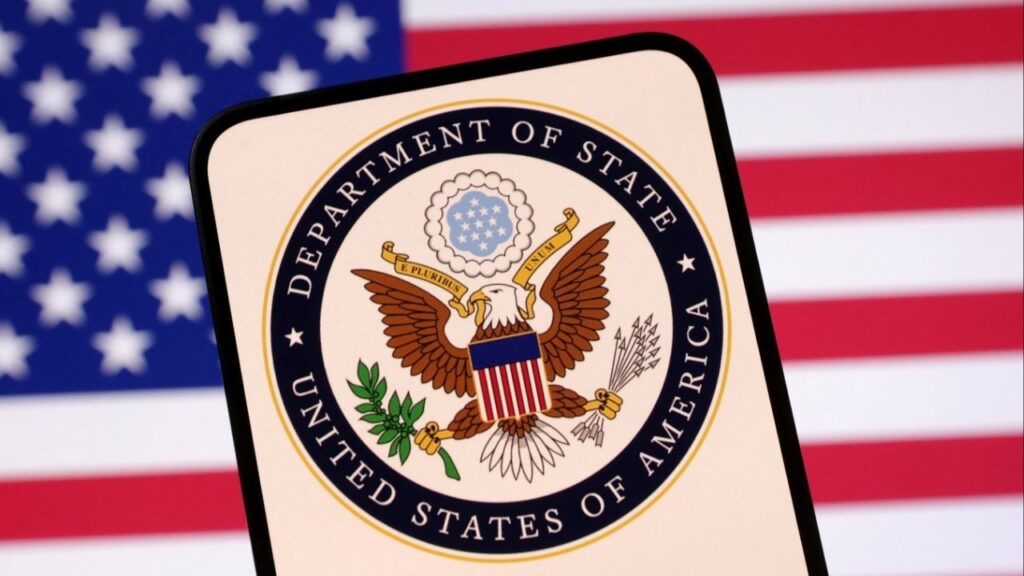Share
When Jerry Brown began his first governorship in 1975, he quickly set himself apart from his father, former Gov. Pat Brown.

Opinion
Dan Walters
CALmatters Commentary
The elder Brown’s legacy had been an immense expansion of the state’s public-works infrastructure—new colleges and universities, a web of freeways and, most of all, a massive project to carry water from Northern California to the fast-growing cities of Southern California.
The younger Brown echoed economist E.F. Schumacher’s aphorism that “small is beautiful,” suggested that California’s high population growth was a thing of the past and virtually shut down highway and freeway construction.
While still resisting more highway construction, he mused about the state’s building a high-speed rail line linking its major population centers. Eventually, he also endorsed a “peripheral canal” that would carry Sacramento River water around the Sacramento-San Joaquin Delta to the head of the California Aqueduct near Tracy, completing Pat Brown’s water project.
After a 28-year absence, Jerry Brown returned to the governorship in 2011 and quickly and enthusiastically embraced new versions of those two projects, which Republican predecessor Arnold Schwarzenegger had jump-started.
Newsom Quickly Scaled Back the Bullet Train Project
Voters had passed a $9.95 billion bond issue in 2008 to build the bullet train. And Schwarzenegger and the Legislature had devised a strategy to bore twin tunnels beneath the Delta without legislative or voter approval, replacing Brown’s “peripheral canal” project that voters had rejected in a 1982 referendum.
Brown 2.0 had become a champion of the kind of big public-works projects that had been his father’s major accomplishments. “I want to get shit done,” he said, vulgarly describing his new attitude.
However, he couldn’t get it done during his second eight-year stint as governor. When Gavin Newsom succeeded Brown this year he, too, wanted to set himself apart from his predecessor, even though Brown was a quasi-uncle due to their long-intertwined family relationships.
Newsom quickly scaled back the bullet train project, whose initial segment in the San Joaquin Valley had been plagued by cost overruns, managerial lapses and a chronic inability to nail down financing.
“Let’s be real,” Newsom told legislators in his first State of the State address. “The project as currently planned would cost too much and take too long. There’s been too little oversight and not enough transparency. Right now, there simply isn’t a path to get from Sacramento to San Diego, let alone from San Francisco to L.A.”
Newsom, who as lieutenant governor had been a skeptic about the Delta tunnels, also said he might be willing to accept a single tunnel. Last week, his scaled-back ambitions took concrete form.
More Practical, But High Hurdles Remain
The High-Speed Rail Authority released a new “business plan” that would complete the 119 miles of track now under construction, extend it southward to Bakersfield and northward to Merced, connect it with standard rail service proposed to link Merced with the Silicon Valley and then to electrified train service between San Francisco and San Jose.
If all of this were to happen, someone could travel by rail—albeit on three different systems—from San Francisco to Bakersfield, at most a slight improvement on current Amtrak service.
The Department of Water Resources, meanwhile, formally withdrew the twin tunnel proposal and launched a new single-tunnel version that must begin the permitting process more or less from scratch.
Both new versions may be more practical than Brown’s, but both still face high hurdles, particularly financial ones, to become reality. The ultimate fate of both may still be uncertain when Newsom hands the governorship to his successor.
CALmatters is a public-interest journalism venture committed to explaining how California’s state Capitol works and why it matters. For more stories by Dan Walters, go to calmatters.org/commentary.
[activecampaign form=19]Categories

Fresno County Abandoned House Burns in Late-Night Fire


















